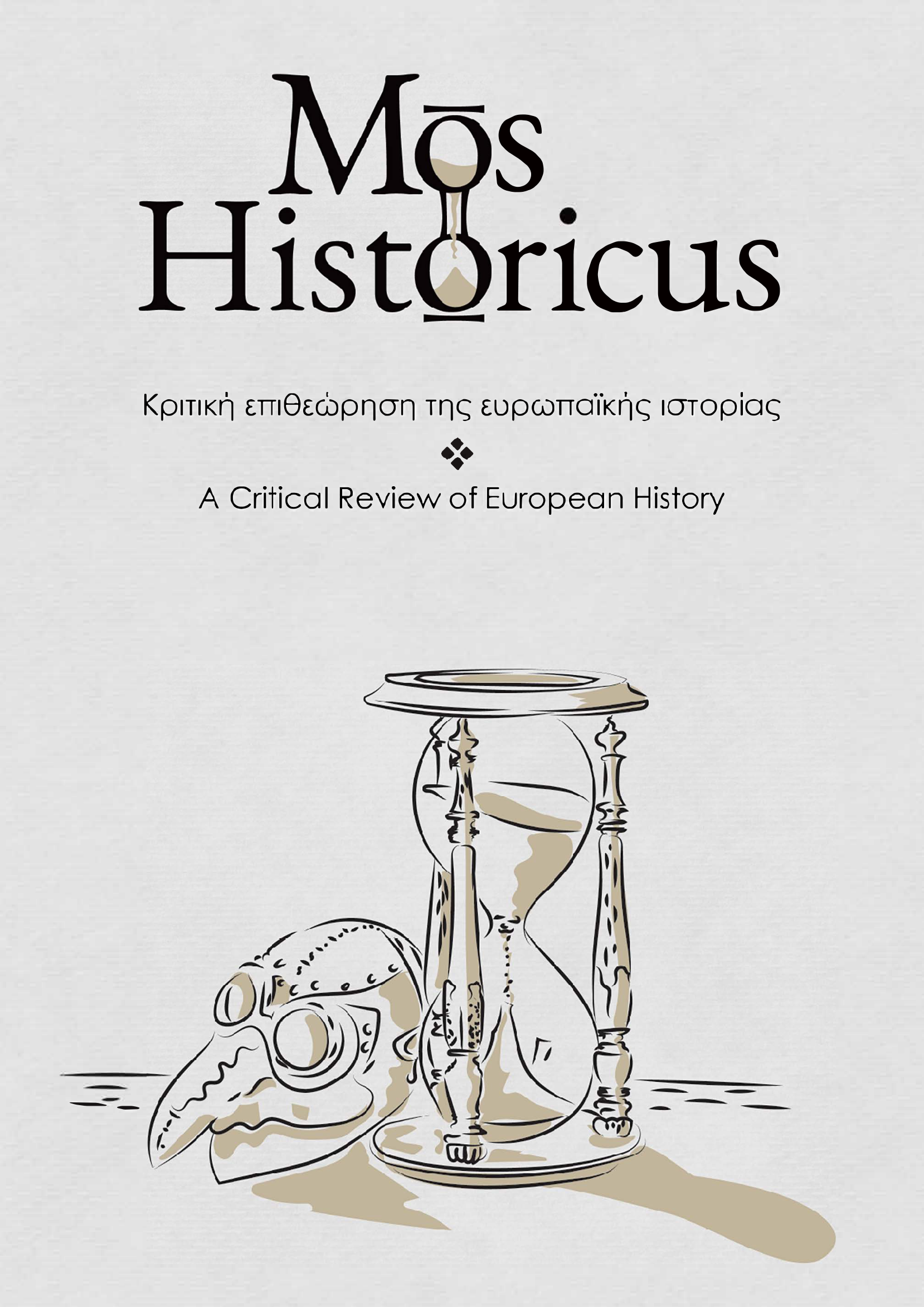The plague epidemic in the English village of Eyam (1665-1666): Narratives, perceptions and historical memory

Abstract
Τhe case of Eyam village is considered a very important incident in the history of the plague in early modern England. The purpose of the present study is, on the one hand to examine the specific case taking into account the available primary sources as well as the secondary research up to date; on the other hand, to investigate the relevant narratives and perceptions from the time of the events up to the present day. Initially, through the review of later research the revision of the dramatic number of victims is indicated and the factors that played an important role in the spread of the epidemic is highlighted. Subsequently, Eyam's 'heroic' isolation is examined in the light of the contemporary relevant mainstream notions. Finally, through the brief review of the relevant narratives and perceptions, the transformation of historical memory as well as the instrumentalization and exploitation of the epidemic in Eyam is highlighted.
Article Details
- How to Cite
-
Chatzopoulou , S. (2023). The plague epidemic in the English village of Eyam (1665-1666):: Narratives, perceptions and historical memory. Mos Historicus: A Critical Review of European History, 1(1), 123–151. https://doi.org/10.12681/mh.34280
- Section
- Articles

This work is licensed under a Creative Commons Attribution-NonCommercial 4.0 International License.
Copyright notice:
Authors retain copyright for the articles published but assign the first publication rights to Mos Historicus. By virtue of their appearance in this journal, the articles are free to be used for non-commercial purposes. However, the articles cannot and must not be used in anyway, published elsewhere or modified without any reference to the author and the first publication of the article (licence Creative Commons 4.0).


